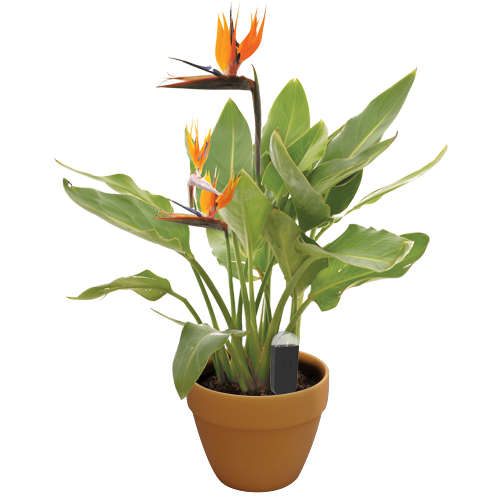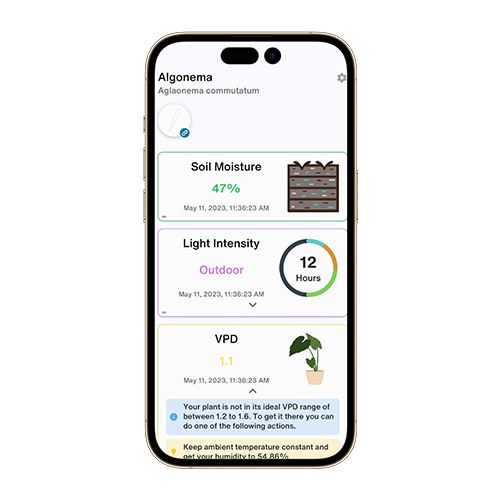Cynara humilis
TAXONOMIE
FamilleAsteraceae
GenreCynara
Zone8
APPRENDRE ENCORE PLUS
Plants of the World OnlineÀ PROPOS
Cynara humilis, commonly known as the wild artichoke, is a perennial plant in the Asteraceae family. Native to the Mediterranean region, it is known for its spiny leaves and large, thistle-like flowers. The plant undergoes a dormancy period during the hot summer months.
AUSSI CONNU SOUS LE NOM
Globe Artichoke
Bourgaea humilis
Bourgaea humilis var. humilis
Bourgaea humilis var. leucantha
Cynara humilis var. humilis
Cynara humilis var. leucantha
Cynara humilis var. reflexa
Cynara humilis var. walliana
APERÇU
VPDCalculer
EauSec
SolLimoneux
LumièreLumière directe (6 Heures)
Température20° C
Humidité50
GDD2 250
Dormance3 Mois
pH6,5
Pression1 013
DÉTAILS
Instructions d'entretien
Cynara humilis thrives in bright, direct sunlight and prefers moderate temperatures. It requires well-drained soil and should be watered sparingly, allowing the soil to dry out almost completely between waterings. The plant benefits from moderate humidity levels.Récolte
Cynara humilis, commonly known as the wild artichoke, should be harvested when the flower buds are still tight and before they start to open. This typically occurs in late spring to early summer. To harvest, use a sharp knife or pruning shears to cut the bud along with a few inches of the stem. It's important to wear gloves as the plant can have sharp thorns. After harvesting, the buds should be used fresh or can be stored in a cool, dry place for a short period.Sol
Cynara humilis prefers well-drained loamy soil with a slightly acidic to neutral pH. Good drainage is essential to prevent root rot. A mix of garden soil with sand or perlite can improve drainage.Engrais
Use a balanced fertilizer with a nutrient composition of 5-10-10. Fertilize the plant during the growing season, typically in spring and early summer, to promote healthy growth and flowering.Rempotage
Repot Cynara humilis every 2-3 years or when it outgrows its container. Choose a pot that is slightly larger than the current one and ensure it has good drainage. Repotting is best done in early spring before the growing season begins.Propagation
Cynara humilis can be propagated by seeds or division. Sow seeds in early spring in a well-draining seed mix. For division, separate the offsets from the parent plant in early spring or late autumn and plant them in individual pots.Taille
Prune Cynara humilis to remove dead or damaged leaves and spent flowers. Pruning helps maintain the plant's shape and encourages new growth. Perform pruning in late winter or early spring before the growing season starts.Toxicité
Cynara humilis is not known to be toxic to pets or humans. However, its spiny leaves can cause physical injury if handled carelessly.RÉVOLUTIONNEZ LE SOIN DE VOS PLANTES
Rendre Chaque Plante Intelligente

Moniteur d'usine
RESTE DANS VOTRE USINE
Mesure avec précision les paramètres de base de votre plante – humidité du sol, lumière, température et humidité – ainsi que des paramètres composés tels que le déficit de pression de vapeur (VPD) et les degrés-jours de croissance (GDD).
Achetez maintenant
Application mobile
TÉLÉCHARGEZ SUR VOTRE APPAREIL
Évalue les données de vos plantes, la météo actuelle, la saisonnalité et plus encore pour vous informer avec précision des besoins de vos plantes. L'application est également dotée de nombreuses fonctionnalités supplémentaires pour garantir l'épanouissement de vos plantes.
